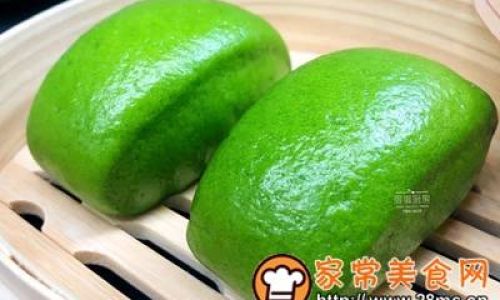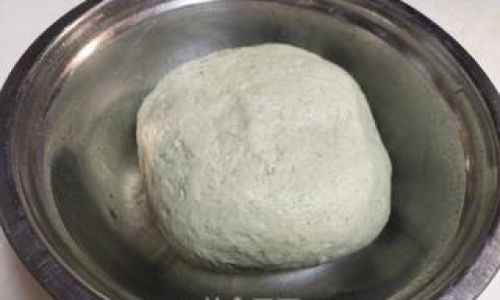Table of content
Introduction
Eels, particularly large varieties like the prized “大黄鳝” (yellow eel), are a culinary delight in many cultures, prized for their rich flavor and tender meat. However, cleaning these slippery, muscular creatures can be intimidating for novice cooks and even experienced chefs. Achieving a thoroughly cleaned eel quickly requires precision, the right tools, and a systematic approach. This article demystifies the process, offering step-by-step guidance to ensure your eel is ready for cooking in minutes, free from slime, scales, and内脏 (viscera). Whether you’re preparing a family feast or a restaurant-quality dish, mastering this skill will elevate your culinary prowess.

Why Proper Cleaning Matters
Eels inhabit muddy or freshwater environments, accumulating slime, debris, and potentially harmful bacteria. Inadequate cleaning leaves residual slime, which can impart an unpleasant texture and earthy taste. Additionally, improperly removed internal organs may release bitter fluids, ruining the dish’s flavor. Speed is equally critical—delaying cleaning allows bacteria to proliferate, posing health risks. Thus, efficiency and thoroughness must go hand-in-hand.
Tools and Preparation
Before diving into the process, gather the following essentials:
- Sharp Fillet Knife: A 6–8-inch blade with a flexible tip for precise cuts.
- Cutting Board: Non-slip, preferably wooden or plastic, to stabilize the eel.
- Gloves: Rubber or nitrile gloves to prevent slippage and protect hands.
- Salt or Vinegar: To neutralize slime and odor.
- Running Water: A faucet or bucket for rinsing.
- Trash Bowl: For discarding guts and heads.
- Towel: To pat the eel dry post-cleaning.
Workspace Setup: Work in a well-lit area with good ventilation. Cover surfaces with newspaper or parchment paper for easy cleanup.

Step-by-Step Cleaning Process
Humanely Dispatching the Eel (If Necessary)
While some markets sell pre-killed eels, handling live ones requires care. To dispatch it swiftly:
- Method 1: Strike the eel’s head firmly behind the eyes using a blunt object (e.g., a rolling pin). This stuns it instantly.
- Method 2: Freeze the eel for 20–30 minutes to induce torpor, reducing movement during cleaning.
Safety Note: Always wear gloves to avoid bites from live eels, which have sharp teeth.
Removing Slime and Mucus
Eels secrete copious slime, making them slippery. Minimize this with:

- Salt Rub: Sprinkle coarse salt generously over the eel’s skin. Rub vigorously for 2–3 minutes. The salt abrades the slime layer.
- Vinegar Soak: Alternatively, submerge the eel in a 1:1 vinegar-water solution for 5 minutes. Acetic acid dissolves slime.
- Rinsing: Rinse under cold water, scrubbing gently with a sponge or brush.
Scaling (Optional)
Unlike fish, eels lack prominent scales, but some varieties have fine, sandpaper-like skin. If desired:
- Use the back of a knife to scrape lightly from tail to head. Avoid over-scraping, as this damages the skin’s texture.
Gutting and De-Viscerating
This is the most critical step. Proceed as follows:
- Step 1: Lay the eel flat on the cutting board. Insert the knife tip into the ventral cavity (belly), 1–2 inches behind the head.
- Step 2: Slice lengthwise toward the tail, keeping the blade shallow to avoid puncturing organs.
- Step 3: Spread the cavity open to expose the internal organs. Use your fingers or a spoon to gently scoop out the liver, intestines, and reproductive glands.
- Step 4: Locate the gallbladder—a small green sac near the liver. Carefully detach it without bursting it, as bile will taint the meat.
- Step 5: Rinse the cavity thoroughly under cold water, ensuring no traces of blood or organs remain.
Removing the Spinal Cord (Advanced)
For boneless preparations:

- Insert the knife at the base of the skull and slice along the backbone toward the tail.
- Use pliers or a de-boning tool to pull out the spinal cord in one piece.
- Rinse again to remove any residual debris.
Final Rinse and Drying
- Submerge the eel in cold water, swirling it gently to dislodge hidden impurities.
- Pat dry with a clean towel or paper towels. Moisture retention can cause steaming during cooking, affecting texture.
Tips for Speed and Efficiency
- Batch Processing: Clean multiple eels simultaneously by organizing tools and workspace beforehand.
- Teamwork: Assign roles (e.g., one person salts, another rinses) to streamline the process.
- Leverage Gravity: Hold the eel vertically under running water to flush out internal debris faster.
- Freeze Trimmings: Save eel heads and bones for stock if desired; freeze immediately to preserve freshness.
Common Mistakes to Avoid
- Incomplete Gutting: Leaving organs causes bitterness. Always double-check the cavity.
- Over-Scaling: Eel skin is delicate; aggressive scaling ruins its texture.
- Neglecting the Gallbladder: A ruptured gallbladder releases bile, rendering the meat inedible.
- Insufficient Rinsing: Lingering slime or blood alters the dish’s flavor. Rinse until the water runs clear.
Alternative Methods for Quick Cleaning
- Boiling Water: Briefly blanch the eel in boiling water to loosen slime, then scrape. This method is faster but may cook the skin slightly.
- Mechanical Scrubbers: Use a vegetable brush or scrub pad to expedite slime removal.
- Pre-Cut Eels: Purchase gutted eels from reputable suppliers to save time (verify freshness first).
Storage After Cleaning
- Refrigeration: Wrap cleaned eels in parchment paper and store at 2–4°C for up to 2 days.
- Freezing: Vacuum-seal portions for extended storage (3–6 months). Thaw in the refrigerator overnight before cooking.
Conclusion
Cleaning a large eel efficiently demands practice, but mastering this skill unlocks a world of culinary possibilities. By combining the right tools, systematic steps, and attention to detail, you can transform even the slimiest eel into a pristine, restaurant-worthy ingredient. Remember, patience and precision are your allies—rushing the process often leads to mistakes. With time, you’ll find your rhythm, turning a daunting task into a satisfying prelude to a delicious meal. Whether grilled, stewed, or fried, a well-cleaned eel rewards the effort with unparalleled flavor and tenderness. Happy cooking!


0 comments